Fig. shows the variation of stopping potential V0 with the frequency v of the incident radiation for two photosensitive metal P and Q:
(i) Explain which metal has smaller threshold wavelength
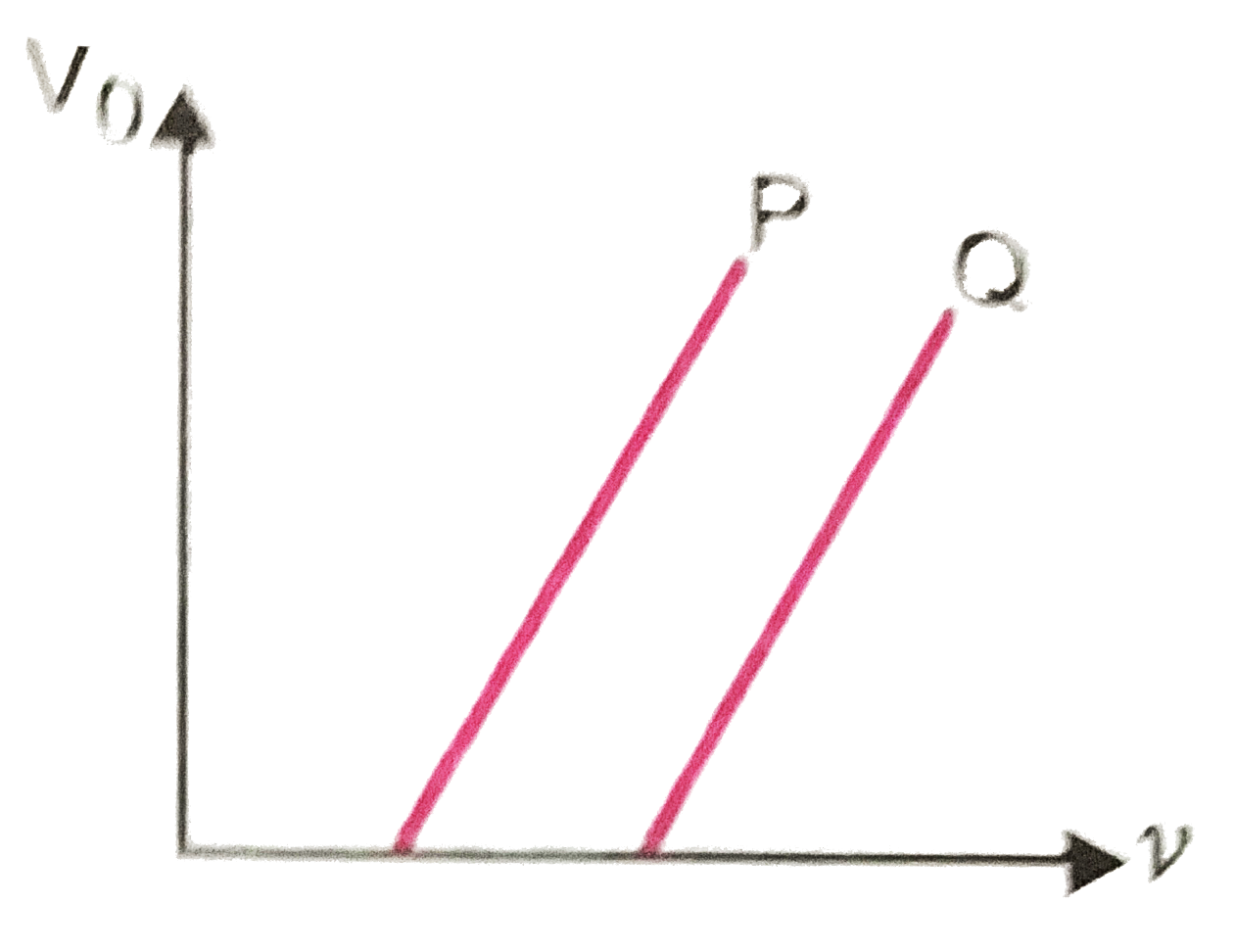
(ii) Explain, giving reason, which metal emits photoelectrons having smaller kinetic energy, for the same wavelength of incident radiation.
(iii) If the distance between the light source and metal P is doubled, how will the stopping potential change.
(i) Threshold wavelength,
λ0=cv0orλ0∝1v0
∴(λ0)P(λ0)Q=(V0)Q(V0)P>1[∵(V0)Q>(V0)P]
So, (λ0)P>(λ0)Qor(λ0)Q<(λ0)P
It mens metal Q has smaller threshold wavelength.
(ii) From Einstein's photoelectric equation
K.E.=hcλ−hcλ0
For given value of λ,(hc/λ) is constant. From above relation, we note that if λ0 is small, then K.E. emitted is small. Thus metal Q with smaller λ0 will emit photoelectrons of smaller K.E.
(iii) If the distance between light source and metal P is doubled then intensity of light becomes one-fourth (as I∝1/r2)but depends upon the frequency of the incident light, hence, Stopping potential of metal plate P remains unchanged by changing the distance between source of light and metal plate.
Topper's Solved these Questions
- BOOK - PRADEEPCHAPTER - DUAL NATURE OF RADIATION AND MATTEREXERCISE - NCERT Exerciese question1videos
DUAL NATURE OF RADIATION AND MATTER
- BOOK - PRADEEPCHAPTER - DUAL NATURE OF RADIATION AND MATTEREXERCISE - Short answer1videos
DUAL NATURE OF RADIATION AND MATTER
- BOOK - PRADEEPCHAPTER - CURRENT ELECTRICITYEXERCISE - Problems for Practice (B)2videos
CURRENT ELECTRICITY
- BOOK - PRADEEPCHAPTER - ELECTROMAGNETIC INDUCTION & ALTERNATING CURRENTEXERCISE - Multiple Choice Questions1videos
ELECTROMAGNETIC INDUCTION & ALTERNATING CURRENT
Similar Questions
The following graph shows the variation of stopping potential V0 with the frequency v of the incident radiation for two photosensitive metals X and Y.
(i) Which metal has larger threshold wavelength ? Give reason.
(ii) Explain giving reason , which metal gives out electrons , having larger kinetic energy , for same wavelength of the incident radiation.
(iii) If the distance between the light source and metal X is halved , how will the kinetic energy of electrons emitted from it change ? Given reason.
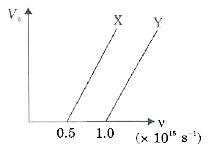 View Solution
View SolutionThe figure shows the variation of stopping potential VQ with the frequency v of the incident radiations for two photosensitive metals P and
Which metal has smaller threshold wavelength ? Justify your answer.View Solution
Knowledge Check
- Question 1 - Select One
Which of the following is the graph between the frequency (v) of the incident radiations and the stopping potential ?
A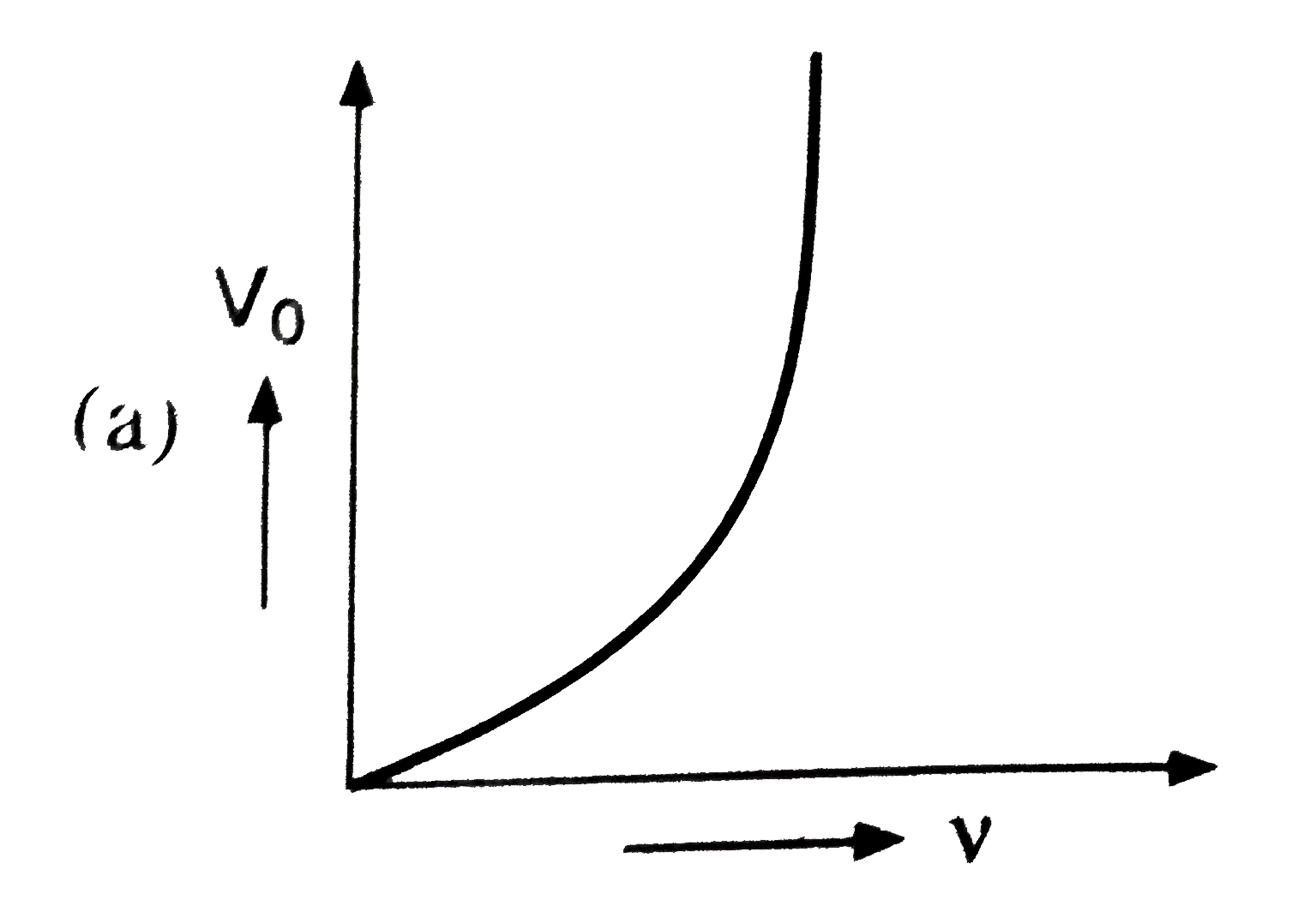 B
B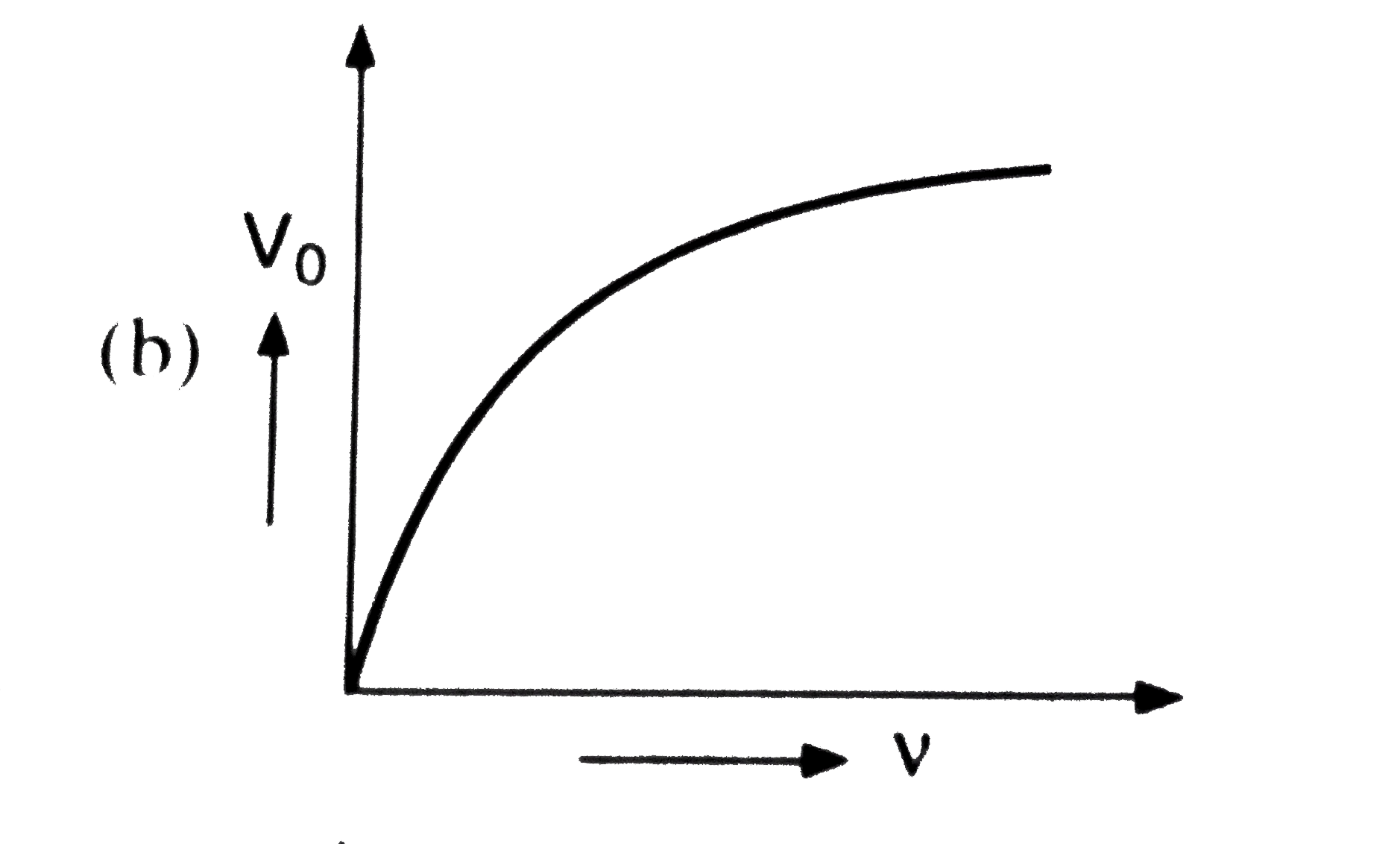 C
C D
D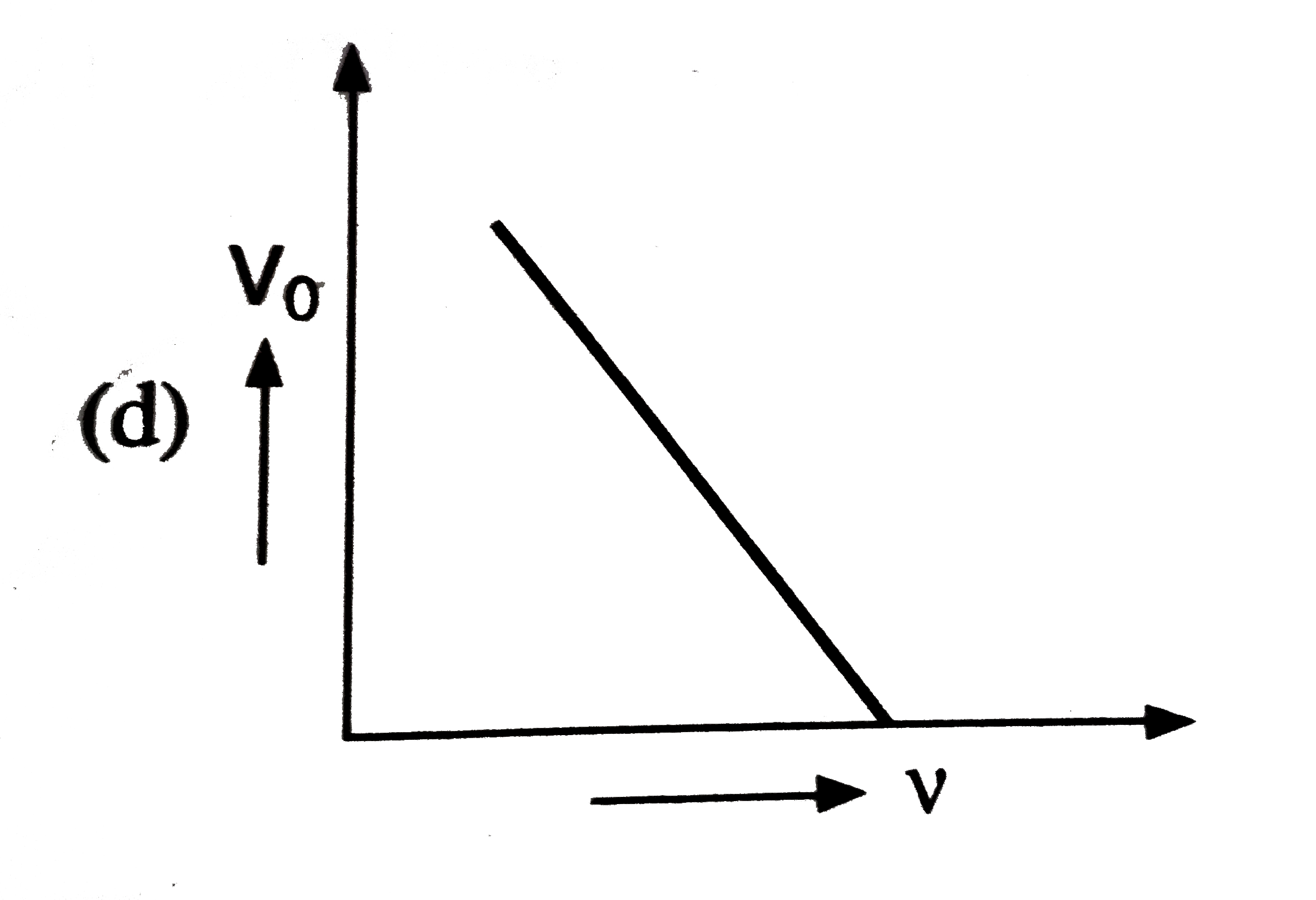
- Question 2 - Select One
When the frequency of light incident an a metallic plate is doubled , the KE of the emitted photoelectrons will be :
AdoubledBhalvedCmore than doubledDincreases but less than doubled.
The graph shows variation of stopping potential V0 versus frequency of incident radiation v for two photosensitive metals A and B. Which of two metals has higher threshold frequency and why?
 View Solution
View Solutionfig. shows variation of stopping potential (V0) with frequency (v) for two photosenstive matrials M1andM2.
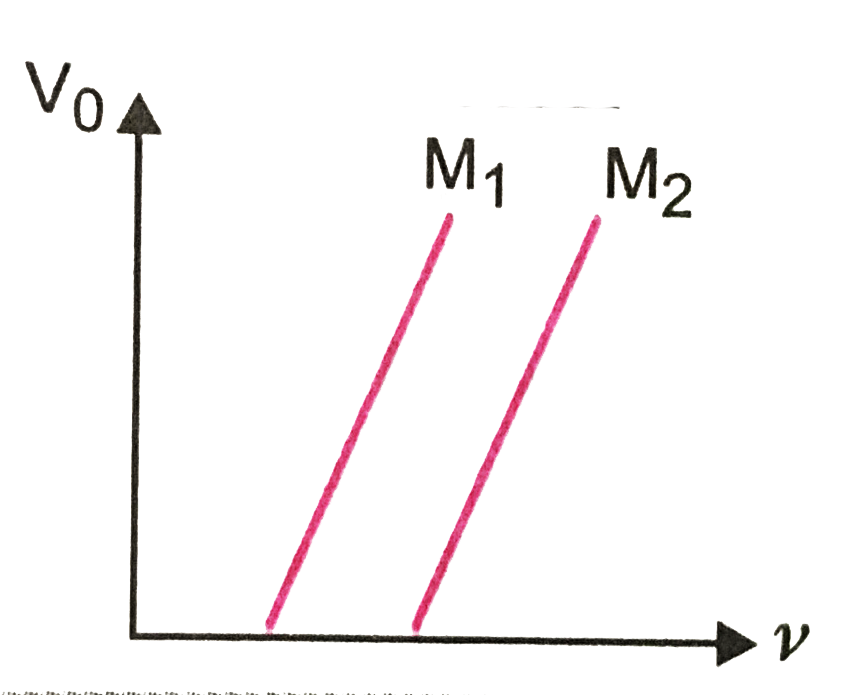
(i) why is the slope same for both lines?
(ii) For which material will the emitted electrons have greater kinetic energy for the incident radiations of the same frequency? Justify your answer.View SolutionThe stopping potential (v0) varies linearly with the frequency (v)of the incident radiation for a given photosensitive surface with the slope remaining the same for different surface . Given reason.
View SolutionThe stopping potential for acertain photosensitive metal is Vq when the frequency of incident radiation is V0 When the frequency of the incident radiations is doubled, what will be the stopping potential ?
View SolutionThe graph between the stopping potential V0 and frequency v for two different metal plates P and Q are shown in the figure. Which of the metals has greater threshold wavelength and work function.
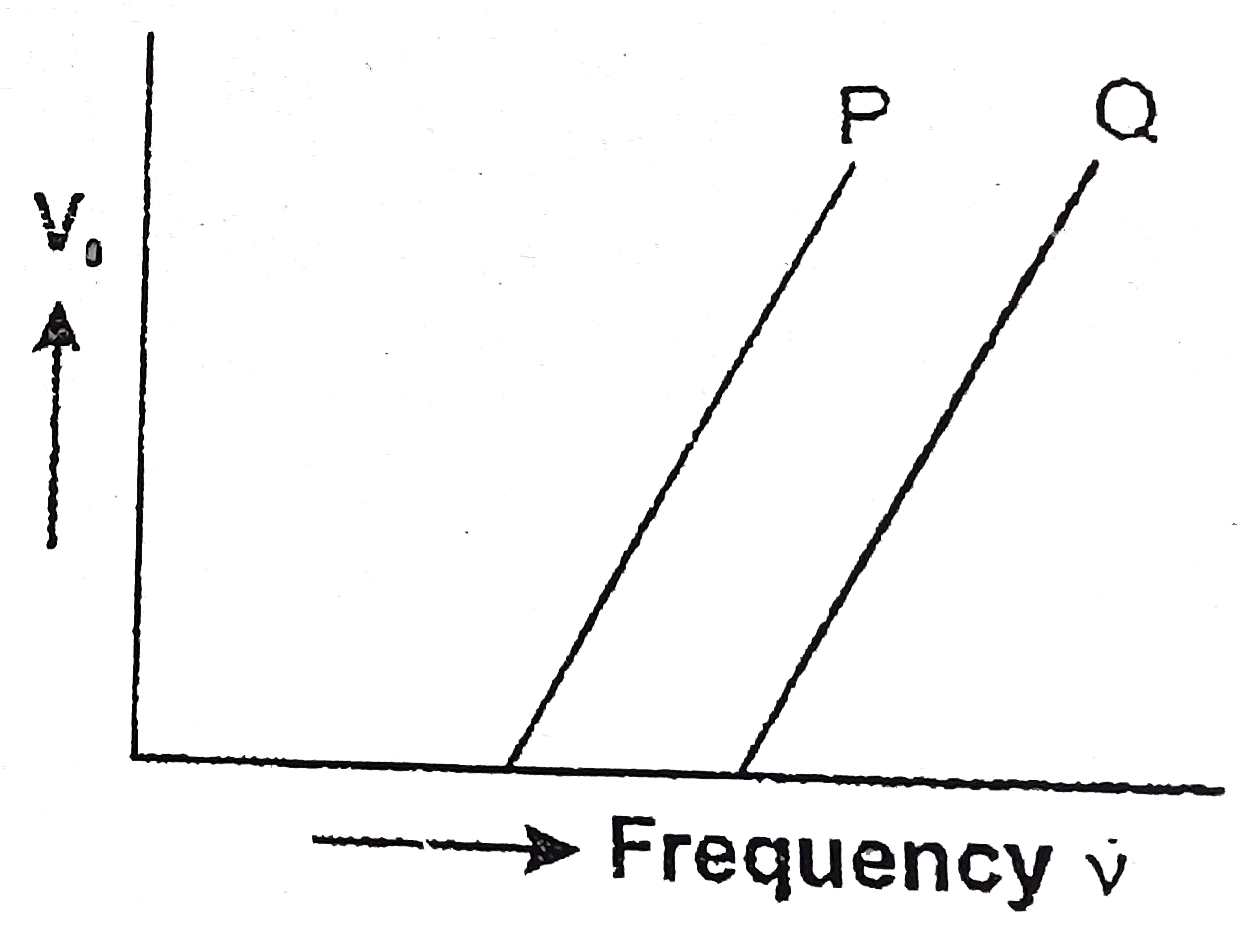 View Solution
View SolutionDefine photoelectric effect. Draw a graph to show the variation of stopping potential with frequency of incident radiation on a metal plate.
View Solution

